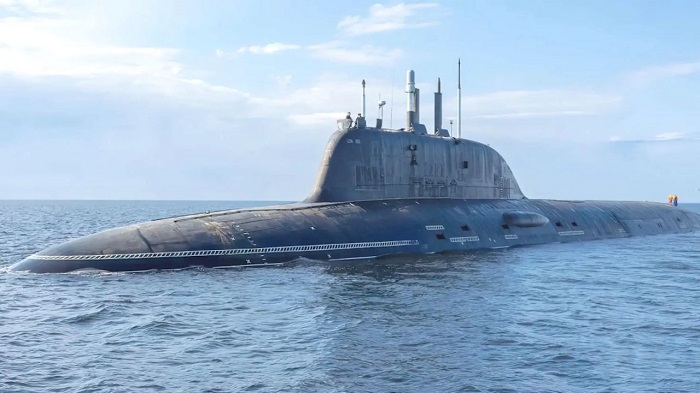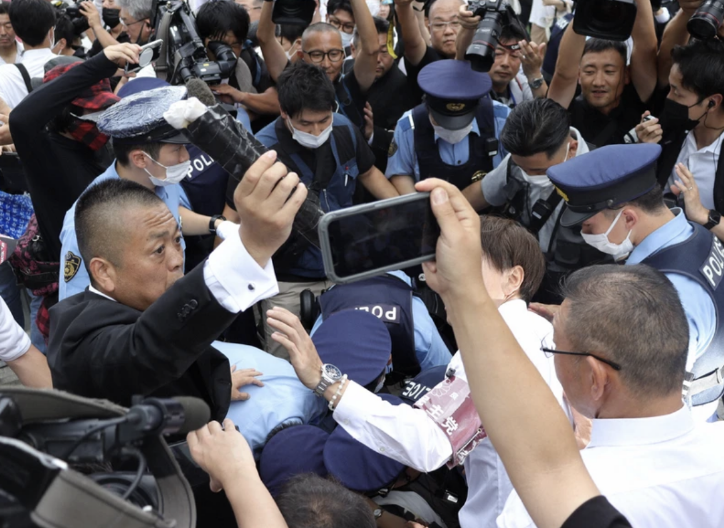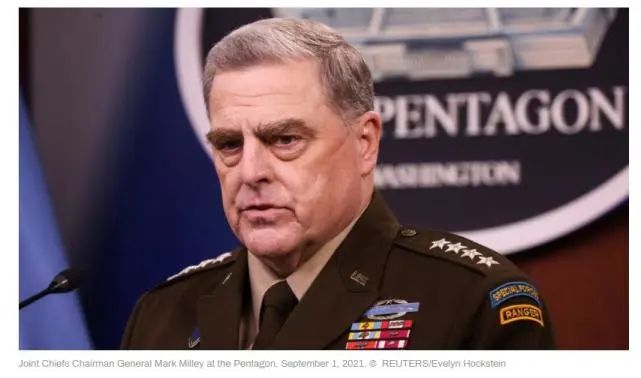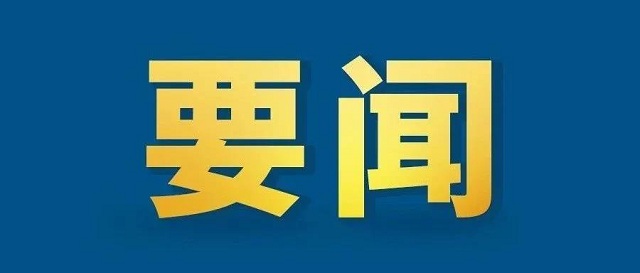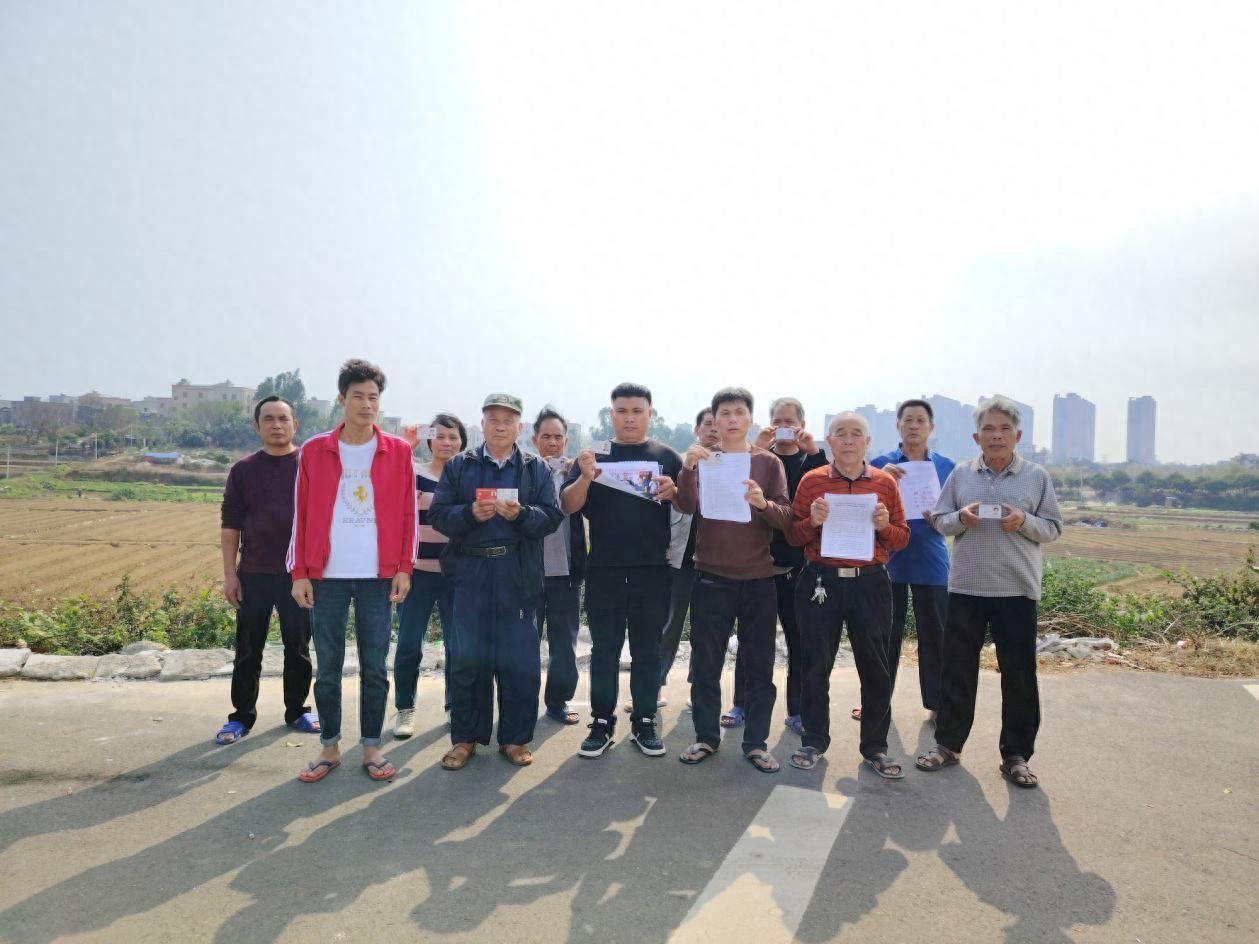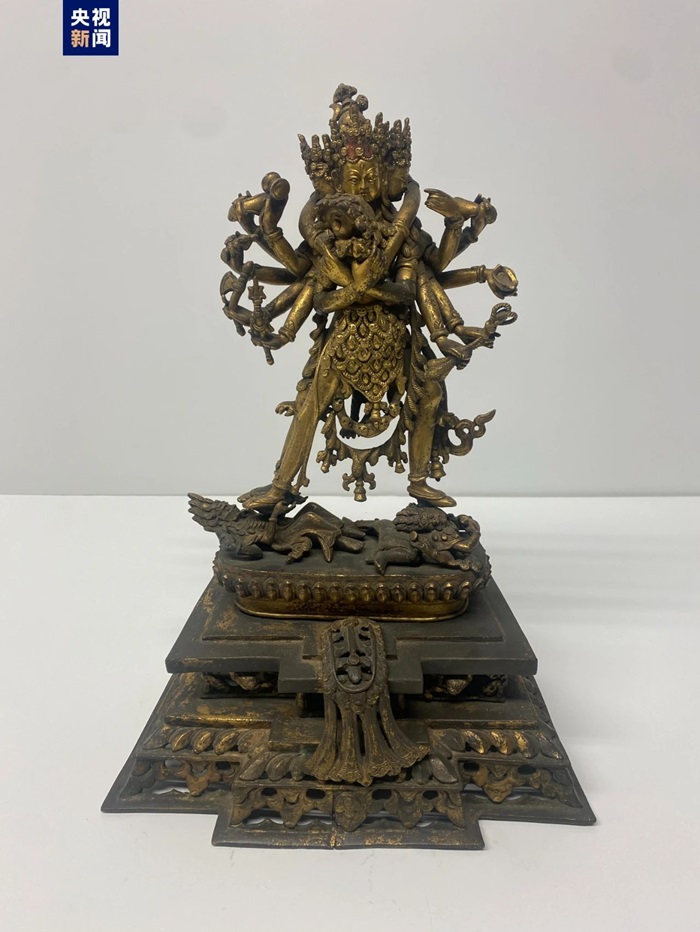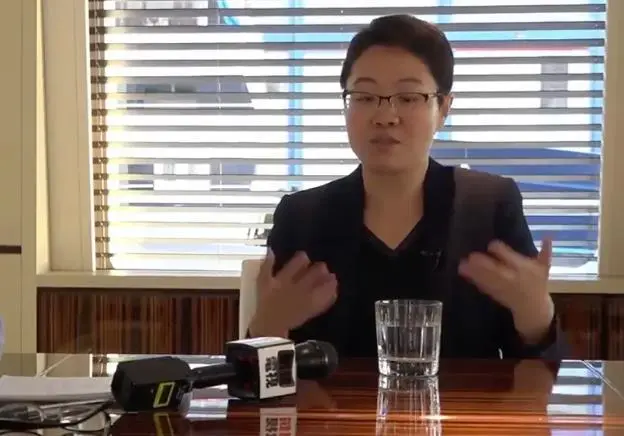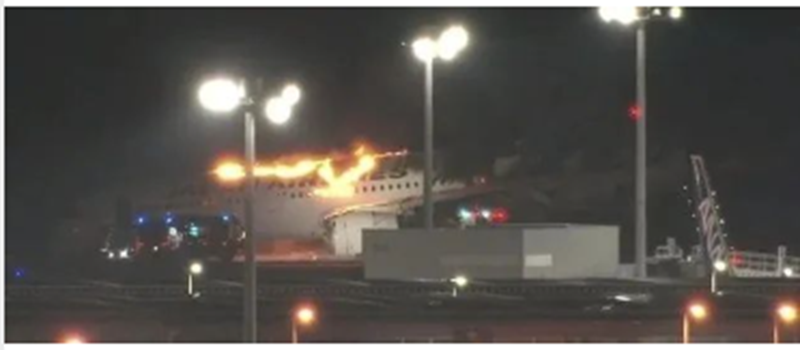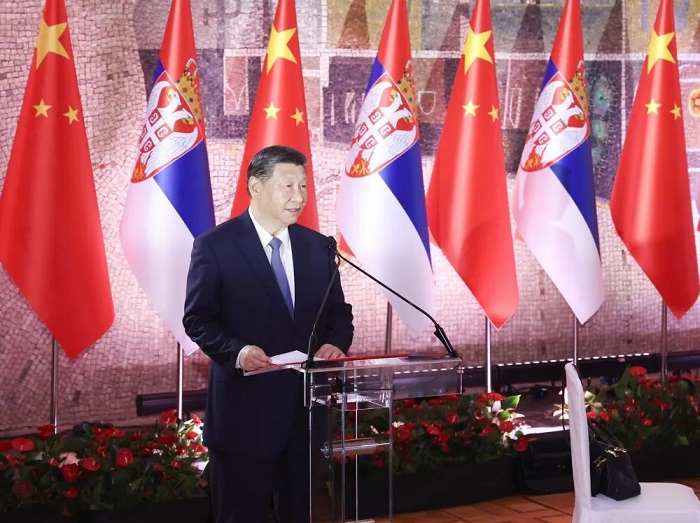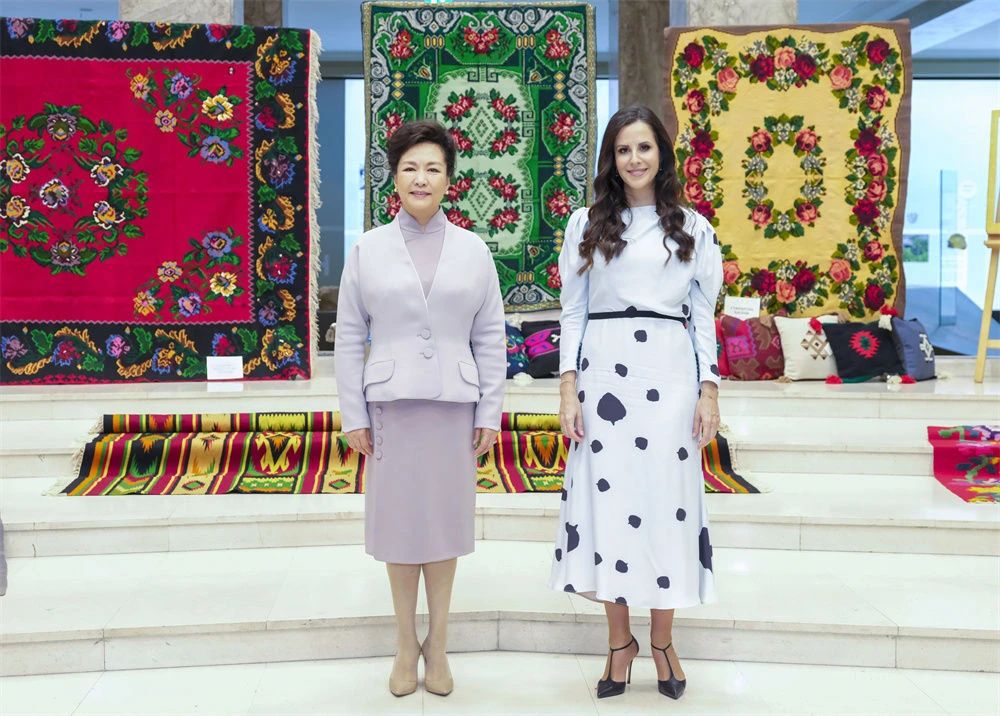来源:中国日报 转载编辑:段敬裕
以下文章来源于中国日报双语新闻 ,作者双语君
国务·陆军·海军三部协调委员会是美国国家安全委员会的前身,是美国联邦政府成立于1944年12月的一个委员会,负责二战结束后与战败国占领有关的政治和军事问题。
This sentence appears in the "Conclusion" part of a Aug 1, 1947 intelligence report circulated within the US State-War-Navy Coordinating Sub Committee for the Far East. It can now be found at the US National Archives at College Park, Maryland. (The State-War-Navy Coordinating Committee, a precursor to the US National Security Council, was a US federal government committee created in December 1944 to look at political and military issues once World War II ended related to the occupation of the Axis powers.)

On November 12, 1948, the International Military Tribunal for the Far East, which opened in May 1946 to try Japanese war criminals, concluded. None of the former members of Unit 731, Imperial Japanese Army's biological weapon research and warfare center, was brought to the bar.

"Motivated by early Cold War tensions…Washington decision makers, supported by the American occupation leader, General Douglas MacArthur, sought to acquire Japan’s biological warfare expertise to gain an advantage over the Soviet Union," wrote American scholar Jeanne Guillemin in her 2017 book Hidden Atrocities – Japanese Germ Warfare and American Obstruction of Justice at the Tokyo Trial.


Meanwhile, another translated book – Factories of Death – Japanese Biological Warfare, 1932-1945, and the American Cover-up by American historian Sheldon H. Harris, is also hitting shelves in China.




"This coincidence (of the two books coming out together), coupled with the sad deaths of the two scholars, both in their mid-70s, only serves to remind me of the physical and emotional toll taken of them as they wrestled with the dark truth," Wang said.

The International Military Tribunal for the Far East (IMTFE), which opened nine months after Japan officially surrendered on August 15, 1945 and six months after the Nuremberg trials started, proceeded in what Guillemin called "a radically different geopolitical context", one in which the United States, through General Douglas MacArthur, Supreme Commander for the Allied Powers, "ruled securely".
在1946年6月4日的一份备忘录中,基南通知所有国际检察局成员:“中央讯问中心已经成立,这个中心的一切运作将在占领军政府的情报部门G2的领导下进行。”
In a memo on June 4 Joseph Keenan, a Harvard graduate who had reportedly been handpicked by President Harry Truman to fill the role of chief counsel at the International Prosecution Section (IPS) of the IMTFE, told all his staff at the IPS that a central interrogation center had been established under the control and direction of G-2, headed by Major General Charles A. Willoughby, a die-hard anti-Communist who would become a Cold War warrior. It was merely one month after the start of the Tokyo trial on May 3, 1946.
For those familiar with the entire trajectory of events, this arrangement, which in effect placed any further war crimes investigation under the control of US military intelligence in Tokyo, would be followed, later in trial, by directives from Washington to MacArthur that declared “information obtained from (Shiro) Ishii (head of Unit 731) and associates on BW will be retained in intelligence channels and will not be employed as ‘war crime’ evidence.”

作为日本细菌武器研究和对华细菌战的中枢,731部队犯下了人类历史上最令人发指也最鲜为人知的战争罪行——它不仅在高墙后进行人体活体解剖,培养制造出大量的细菌,还在中国以及日本占领的亚洲其他各国设立分支,用以实施大规模的细菌战。
哈里斯在他的书中将731部队和它的分支机构称为“死亡工厂”。
Unit 731, set up in 1932 by General Shiro Ishii, a microbiologist, in the Japanese puppet state of Manchukuo in Northeast China, was responsible for some of the most notorious and little known war crimes in human history. Based in Pingfang just outside Harbin, Heilongjiang province, it not only carried out human vivisections behind its high walls and produced vast quantities of germs to spread all over China, but also acted as an evil core for what Harris called “factories of death” that it had set up across Japan-occupied Asia.

在麦克阿瑟占领当局的大力协助下,这些调查者享有与石井四郎和其他731部队成员独家接触的特权。而中国政府派去东京的以向哲浚检察官为首的检察团则完全接触不到石井等人。
Between 1945 and 1947, the US Government sent four investigators to Japan, all military scientists from Camp Detrick, Maryland, the center of the US biological weapons program. Their exclusive access to Ishii and his associates was guaranteed by MacArthur’s occupation authorities. The Chinese prosecution team, headed by Hsiang Che-chun (Xiang Zhejun), was barred from any access to the Unit 731 scientists and withheld all information the US investigators had been collecting from them.

Lieutenant Colonel Arvo Thompson was the second of the four. In a 1990s interview with Japan Times, Ishii’s daughter Harumi recalled that Thompson “said he had come as an emissary for President Truman” and “literally begged my father for top-secret data on the germ weapons”.
Around November 1946, the Russians brought to the attention of the IPS affidavits they had acquired through interrogation of several former Unit 731 members they had captured in Northeastern China towards the end of the war.
These included Major Tomio Karasawa, whose confession went in part: “A bomb filled with bacteria was placed on the ground and about twenty Manchurians were tied to poles (that is, enough distance to prevent men’s death) from the bomb, which were electrically exploded. By the bomb blast… and its fragments, the plague bacilli and anthrax bacilli penetrated through the wound into human bodies.”
Yet the affidavit was never produced as evidence, nor was the man allowed to testify during court proceedings of the IMTFE.
“Up to that point, Ishii had consistently lied about the issue of human experiments, largely denying the fact that it had ever been conducted,” Wang said. “Armed with the affidavits provided by the Soviets, the Americans believing that they could exploit Ishii’s fear of the Soviets to their own advantage, confronted the sly general, who then seized this opportunity to put forward his demand for the bargain – immunity from ‘war crimes’ for himself, superiors and subordinates.”

On May 6, 1947 MacArthur sent a top-secret radiogram to the War Department’s General Intelligence Division, requesting action by the Joint Chiefs of Staff on an immunity agreement for the Unit 731 scientists.
In it, MacArthur said the affidavits from Karasawa and his superior Major General Kyoshi Kawashima had been “confirmed tacitly by Ishii”, who “claims to have extensive theoretical high-level knowledge including strategic and tactical use of BW on defense and offense, backed by some research on best BW agents to employ by geographical areas of Far East and the use of BW in cold climates”.
The final deliberation from Washington is laid out bluntly in the Aug 1, 1947 intelligence report for circulation inside the US State-War-Navy Coordinating Sub-Committee for the Far East. “This Japanese information is the only known source of data from scientifically controlled experiments showing the direct effect of BW agents on man… any war crimes trial would completely reveal such data to all nations, it is felt that such publicity must be avoided in the interests of defense and national security,” the report said, noting at the same time that: “Experiments on human beings similar to those conducted by the Ishii BW group have been condemned as war crimes by the International Military Tribunal for the trial of major Nazi war criminals.”
Ishii, who at this point was regularly entertaining his US guests at home parties, encouraged his associates to speak freely with the investigators, who for their own part were occasionally shocked but often impressed by the candor of the Ishii scientists about the use of humans – Chinese, Koreans and Russians – in their research.

“Imperial Japan’s employment of biological weapons in China was full-scale, and unprecedented in human history,” said 69-year-old Wang. “The delay in justice at Tokyo led to the denial of justice,” wrote Guillemin in the final chapter of her book.

In 2006, he travelled to Changde, Hunan province, the site of a major Japanese plague attack in 1941, which led to over 7,000 deaths. There, he met Yoshio Shinozuka, who worked at Unit 731’s headquarters in Pingfang, where the germs spread in Changde were cultured and tested on victims.
In Changde for a conference on Japan’s biological warfare, a repentant Shinozuka told Barenblatt how he, then 20 years old, helped prepare for dissection an “intelligent-looking man” who had been “systemically infected with plague germs” and whom he knew because “I had taken his blood once for testing”.
“As the disease took its toll, his face and body became totally black. Still alive, he was brought on a stretcher by the special security forces to the autopsy room,” said Shinozuka, who later washed the man’s body with a rubber hose and a deck brush, under the watch of the chief pathologist.
“Yoshio told me he’d never forget the glare of hate his victim directed at him as they were cutting into him,” Barenblatt said. “One can’t help but think what the victim must have been thinking towards the end of his life, that the world has got to know this.”
编辑:左卓




